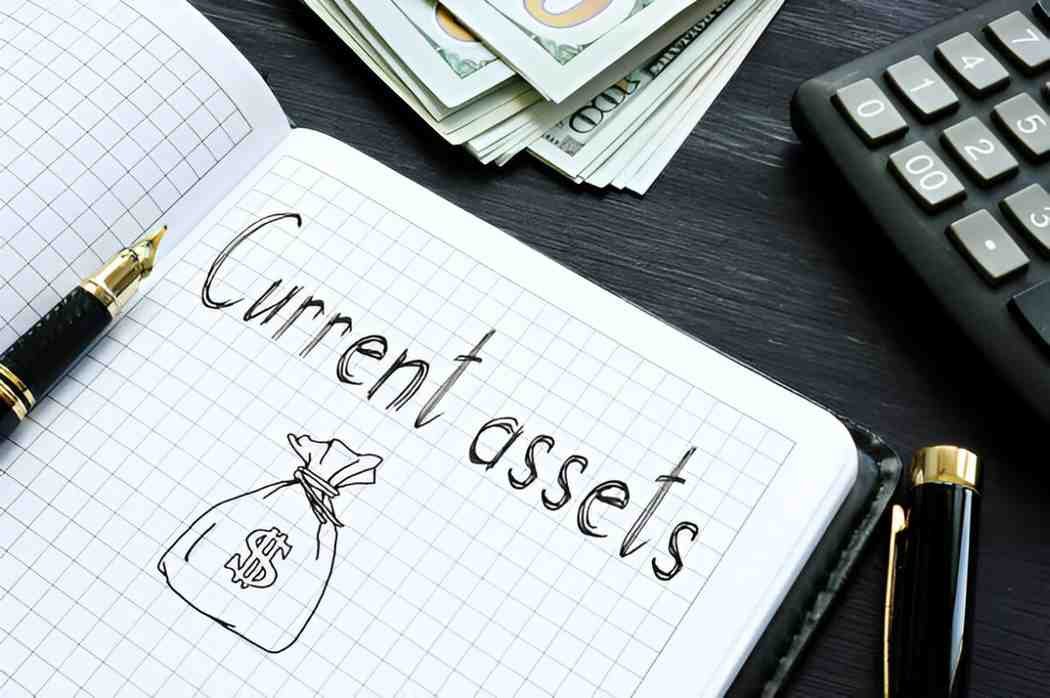As someone who has spent years analyzing financial statements, I know how intimidating accounting terms can be for beginners. One concept that often causes confusion is non-current assets. These assets form the backbone of a company’s long-term value, yet many people struggle to grasp their significance. In this guide, I break down non-current assets in plain English, explain their role in financial health, and provide real-world examples to solidify your understanding.
Table of Contents
What Are Non-Current Assets?
Non-current assets, also called long-term assets, are resources a company holds for more than one year. Unlike current assets—such as cash or inventory—non-current assets are not easily converted into cash within a short timeframe. Instead, they support a company’s operations over the long haul.
Key Characteristics of Non-Current Assets
- Long Useful Life – They provide economic benefits for multiple years.
- Not Liquid – They cannot be quickly sold without disrupting business.
- Capital-Intensive – They often require significant upfront investment.
Types of Non-Current Assets
Non-current assets come in several forms, each serving a distinct purpose. Below, I outline the most common types.
1. Property, Plant, and Equipment (PP&E)
PP&E includes tangible assets like land, buildings, machinery, and vehicles. These assets are depreciated (except land) to reflect wear and tear over time.
Example:
A manufacturing company buys a machine for \$500,000 with a useful life of 10 years. Using straight-line depreciation, the annual depreciation expense is:
| Year | Book Value at Start | Depreciation | Book Value at End |
|---|---|---|---|
| 1 | $500,000 | $45,000 | $455,000 |
| 2 | $455,000 | $45,000 | $410,000 |
2. Intangible Assets
These are non-physical assets like patents, trademarks, copyrights, and goodwill. Unlike PP&E, intangible assets are amortized (for finite-life assets) or tested for impairment (indefinite-life assets).
Example:
A tech company acquires a patent for \$200,000 with a legal life of 10 years. The annual amortization expense is:
3. Long-Term Investments
These include stocks, bonds, or real estate held for long-term appreciation rather than short-term trading.
4. Deferred Tax Assets
These arise when a company overpays taxes and can claim future tax relief.
Why Non-Current Assets Matter
Non-current assets play a crucial role in financial health. Here’s why:
- Operational Stability – They provide the infrastructure needed for production and service delivery.
- Collateral for Loans – Lenders often require long-term assets as security.
- Investor Confidence – A strong asset base signals sustainability.
Comparing Current vs. Non-Current Assets
| Feature | Current Assets | Non-Current Assets |
|---|---|---|
| Liquidity | High | Low |
| Holding Period | Less than 1 year | More than 1 year |
| Examples | Cash, inventory, receivables | Land, patents, machinery |
How Non-Current Assets Affect Financial Statements
Balance Sheet Impact
Non-current assets appear under the “Assets” section, subdivided into PP&E, intangible assets, and long-term investments.
Income Statement Impact
Depreciation and amortization expenses reduce net income, affecting profitability.
Cash Flow Statement Impact
Purchasing non-current assets is a cash outflow under investing activities, while selling them generates cash inflows.
Real-World Application: Analyzing a Company’s Non-Current Assets
Let’s examine Company X, which reports the following:
- PP&E (Net): \$2,000,000
- Intangible Assets: \$500,000
- Total Assets: \$3,500,000
Interpretation:
- PP&E makes up 57% of total assets, indicating heavy reliance on physical infrastructure.
- Intangible assets suggest investments in branding or technology.
Common Mistakes to Avoid
- Ignoring Depreciation – Failing to account for asset wear and tear distorts financial health.
- Overvaluing Goodwill – Excessive goodwill can lead to future write-downs.
- Misclassifying Assets – A long-term investment mistakenly labeled as current skews liquidity ratios.
Final Thoughts
Understanding non-current assets is essential for evaluating a company’s long-term viability. Whether you’re an investor, accountant, or business owner, grasping these concepts helps in making informed financial decisions. If you’re just starting, focus on how these assets interact with financial statements and their real-world implications.





